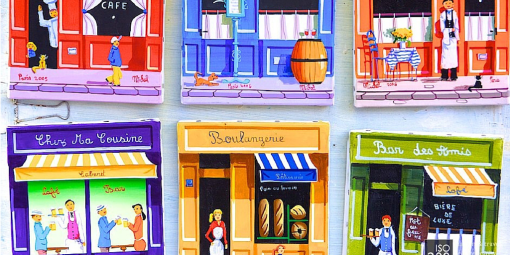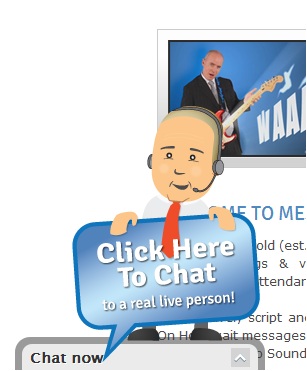Would you buy your wine from Dan Murphy’s because they take “pride” in “offering the lowest liquor price guarantee?” Your
Read more

Would you buy your wine from Dan Murphy’s because they take “pride” in “offering the lowest liquor price guarantee?” Your
Read more
What was the last video you watched on YouTube? Perhaps it was highlights from the EPL soccer game you missed
Read more
At Messages On Hold, each department has its specialty, whether that be writing, sales, voicing productions or keeping the finances
Read more
Outside of my hours at Messages On Hold, I have a little creative side project that occupies my time and
Read more
As service providers, we go to great lengths to ensure we take care of our customers, but what about when
Read more
We all have days when we feel flat. You might be tired. You might be having a bad day. It
Read more
With the sweeping success of iPads and the mind-boggling reach of the internet, the publishing world has heard the same
Read more
“I just saw what we spent on marketing in the last quarter, show me some results now!” You want to
Read more
Interacting with customers online is a given in business these days. But turning those interactions into sales? That’s a whole
Read more
Fact: you don’t need to be a brain surgeon to manipulate someone’s brain. You just need to know what language
Read more